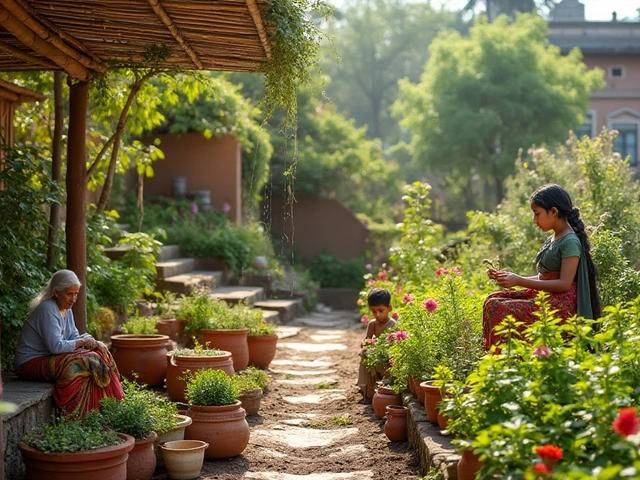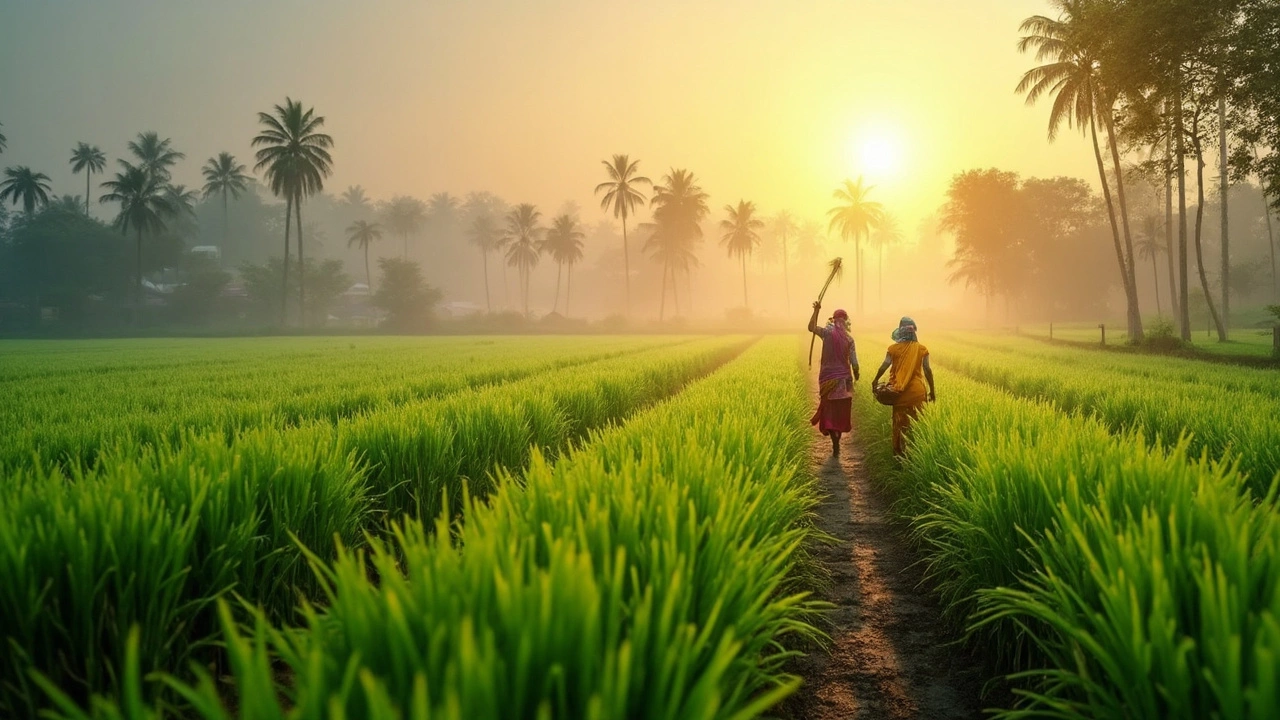Rice Regrowth: Simple Ways to Boost Your Paddy Yield
If you grow rice, you’ve probably wondered how to get a strong second crop from the same field. The good news is that rice regrowth isn’t magic – it’s about the right soil, water, and timing. In this guide we’ll break down the basics so you can turn a tired paddock into a productive one.
First, check the soil after your first harvest. Heavy, compacted soil locks water away and suffocates roots. Loosen it with a shallow till or add organic compost to improve texture. Good soil structure lets new roots spread quickly, which is the foundation of a healthy regrowth crop.
Choosing the Right Soil
Rice prefers loamy, water‑retentive soils but not the ones that stay soggy all season. A pH of 5.5‑6.5 works best for nutrient uptake. Test the pH with a simple kit; if it’s too acidic, sprinkle a little lime. If it’s too alkaline, add sulfur or organic matter to bring it down.
When you add compost, aim for about 2‑3 cm spread over the field before you flood it again. The compost feeds microbes that break down organic material, releasing nitrogen and other nutrients right when the new seedlings need them.
Water Management for Regrowth
Water is the biggest factor in rice regrowth. Flood the field to a depth of 5‑7 cm during the early stage. This creates a calm environment for seedlings and reduces weed competition.
After the seedlings are a few weeks old, lower the water level to 2‑3 cm. This encourages stronger root growth and helps the plant use nutrients more efficiently. Keep an eye on weather forecasts – a sudden dry spell means you may need to add water manually to avoid stress.
Drip irrigation is an option for small plots. It delivers water directly to the root zone, saving up to 40 % of water compared to flood methods. If you try drip, set the flow to about 2 liters per hour per emitter for rice.
Fertilizer timing matters too. Apply a balanced N‑P‑K blend (like 20‑20‑20) right after flooding the field the second time. Then give a smaller nitrogen boost when the panicles start forming. Too much nitrogen late in the season can cause weak stems that break under weight.
Watch for pests early. Stem borers and rice rats love young regrowth plants. Use simple traps or natural predators like ducks to keep them in check. If you see damage, treat it quickly with neem oil or another organic option.
Finally, harvest at the right moment. When the grains turn golden and the stalks start to bend, you’re ready. Cutting a few stalks and testing a grain for hardness can confirm the timing.
Following these steps – soil prep, proper water depth, timely fertilizer, and pest watch – can add 10‑15 % more yield on a regrown crop. It’s not a miracle, but it’s a reliable way to get more out of the same land.
Give these tips a try this season and see how your second rice crop compares to the first. Happy farming!
Does Rice Grow Back Every Year? Understanding Rice's Regrowth Cycle
Ever wondered if you can plant rice once and just keep harvesting year after year? This article explains whether rice naturally regrows annually or if farmers need to replant. It shares how ratoon cropping works, when rice regrows after harvest, and the differences between perennial and annual rice varieties. You'll also find out what conditions let rice fields bounce back and where farmers actually benefit from rice regrowth.
About
Rice Cultivation
Latest Posts


Essential Terrace Protection Techniques for Thriving Gardens
By Alden Thorne Jan 2, 2025

Discover Seasonal Blooms: India's Month-Specific Flowers
By Alden Thorne Jan 14, 2025

The Reigning Queen of Indian Vegetables: Brinjal Unveiled
By Alden Thorne Nov 22, 2024

